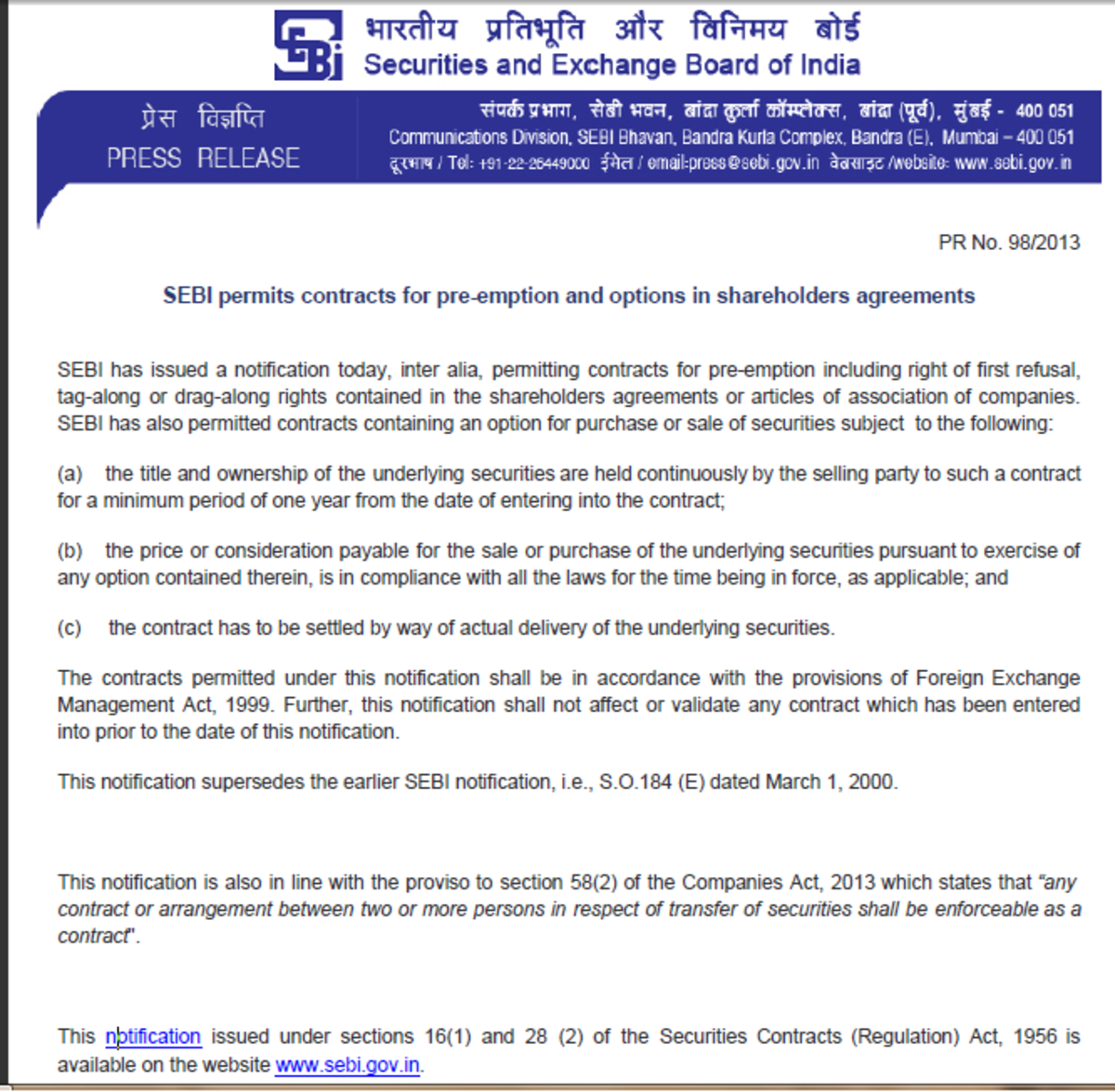ETN's vs ETF's: A Note of Caution

Understand The Risk
The exchange traded product (ETP) market seems to be growing more rapidly year over year. The lower expenses when compared to the traditional mutual fund universe has made them very attractive to both individual and institutional investors. The term ETP is not a product but a type of investment. ETP’s fall into two core categories…Exchange Traded Funds (ETF) and Exchange Traded Notes (ETN). There are some similarities between the two, yet investors should be cautious about some very clear and distinct differences.
ETF’s are a basket of securities held in a fund that trades on a stock exchange which are designed to replicate an index. This may be an equity index or perhaps a fixed income index. The correlation to the index should be nearly precise if the ETF is properly managed. Due to the lack of a fund manager and limited trading, expenses are substantially lower than actively managed investments. More importantly they provide a great deal of liquidity along with the ability to trade intraday. The investors risk is linked to the performance of the underlying securities of the index it replicates. But the credit quality of the issuer is irrelevant, as the investors own the securities, and the issuer is simply managing the operations of the fund.
ETN’s also trade on an exchange and are designed to replicate an index with little to no deviation from the actual return of the index. However, an ETN does not actually hold the underlying securities, but is rather a debt instrument. There is a stated maturity date at which the ETN will pay off its underlying value to the shareholder. These maturities tend to be fairly long term at issuance, and may be as much as 30 years. The issuer of the ETN, typically a financial institution is making a promise to deliver the value reflected in the underlying index upon maturity. These debt instruments are typically unsecured by any collateral. The credit rating of the ETN is only as good at that of the issuer. So while the ETN in theory could represent the Wilshire 5000 stock index, the value could be worthless if the issuer where to go bankrupt and not have sufficient assets to back its promise. So as an investor you are subjected to both market risk of the underlying index, along with the credit risk of the issuer. It’s important to note that firms like Lehman, which have gone bankrupt had been issuers of ETN’s.
Some of the positives of an ETN would be that the performance of the index is precise with no tracking errors. Whereas with an ETF, a manager many not adjust to the changes in the index fast enough, and produce a return that is not as precise. However, this is fairly rare as the tracking errors on most major reputable issuers are nominal and not worth a great deal of concern. The risk of an ETF trading away from its stated Net Asset Value (NAV) is non-existent with an ETN, as there is no NAV. Another benefit to the ETN market is that there are no capital gain distributions. Since the shareholders do not actually own the underlying securities, there are no trades taking place on their behalf to produce a capital gain. With an ETF, there can be capital gain distributions annually depending on the changes made to the underlying benchmark. Once again, these distributions on the major market indexes tend to be fairly nominal with most notable issuers, and typically not a sizeable deterrent.
ETN’s can be more efficient at capturing price changes in less efficient markets for fairly sophisticated investors. However, many investors have purchased ETN issues without being fully aware of the dual risk they potentially face. In general, ETF’s are more suitable for the average investor to attempt to capture exposure from a broad based index. It’s important to understand the difference between these two types of issues, and not to expose yourself to risk you are unaware of, or unprepared to deal with.
Suggested Reading
- The Case for Alternative Investment Strategies
One of the lessons of 2008, and even the more recent market volatility is that portfolio management has become more dynamic. Traditional asset allocation models of equities, fixed income, and cash equivalents may not be sufficient for more growth... - 2013 Tax Options For The Small Business Owner
As the 2012 elections are completed, it is now highly likely that income taxes are headed higher on higher earners. A majority of such high earners are self-employed individuals who are organized as either S-Corps, LLC’s and even sole proprietors.... - Should We Return To The Gold Standard ???
The discussion of monetary policy is a complicated one with many aspects that are often misunderstood by the general public. The discussion of the Gold Standard in recent years has been brought back to the forefront by some in American politics,... - Preparing For The Tax Law Changes In 2013
The topic of taxes is always one which is greatly debated from both a political as well as an economic perspective. Regardless of one’s political persuasion on such issues, one constant always remains the same. We each do all that we can to avoid... - How Government Programs Increase Costs
Many of us look at the cost of things we need to buy and often get frustrated with how expensive certain aspects of the cost of living have increased. Yet often we really don’t take the time to try and understand the root cause of exactly why... - Understanding Medicare Benefits
Health care is an area of major political and economic debate, and many of these laws may be substantially altered in light of potential legislative changes, coupled with the enormous fiscal challenges the current programs like Medicare & Medicai - How to Understand Floating Rate Notes
In recent years we have seen unprecedented actions by global central banks to influence economic events and create monetary stimulus. Here in the Unites States, the Federal Reserve has held interest rates well below historical norms through... - Managed Futures: An Alternative Investment Strategy
The core principles of applying investing to a sound financial plan have for more than a half of a century revolved around the work of Harry Markowitz, and the foundation he outlined for Modern Portfolio Theory (MPT). Yet, in recent decades we have.. - Understanding The Long/Short Strategy
The single most important factor in a successful long term asset allocation investment strategy is the ability to maintain a low correlation between asset classes. In order for the notion of an asset allocation to work, a portfolio must be actively.. - The Benefits of Master Limited Partnerships
A Master Limited Partnership (MLP) is a partnership which has the ability to trade on a public securities exchange. There are two core components which are the Limited Partner and the General Partner. The Limited partner is the investor who puts up..







